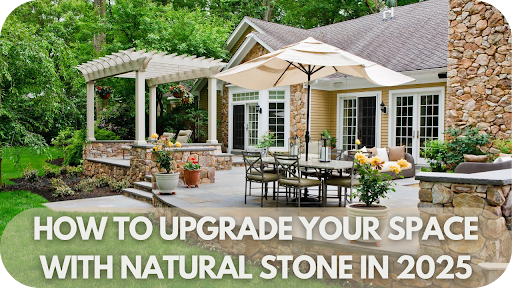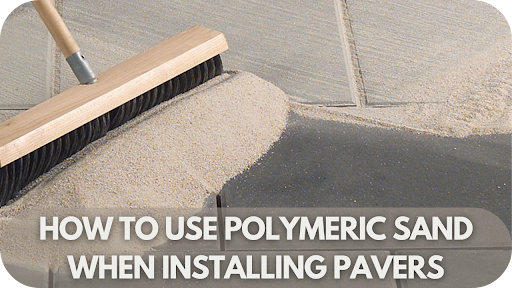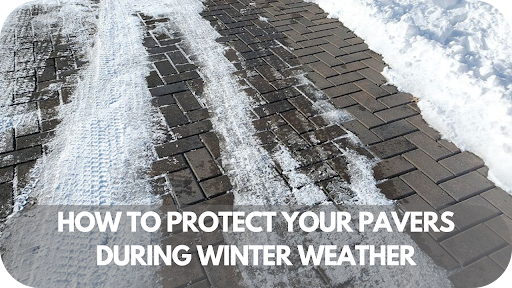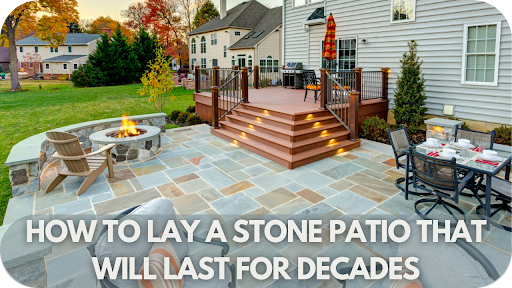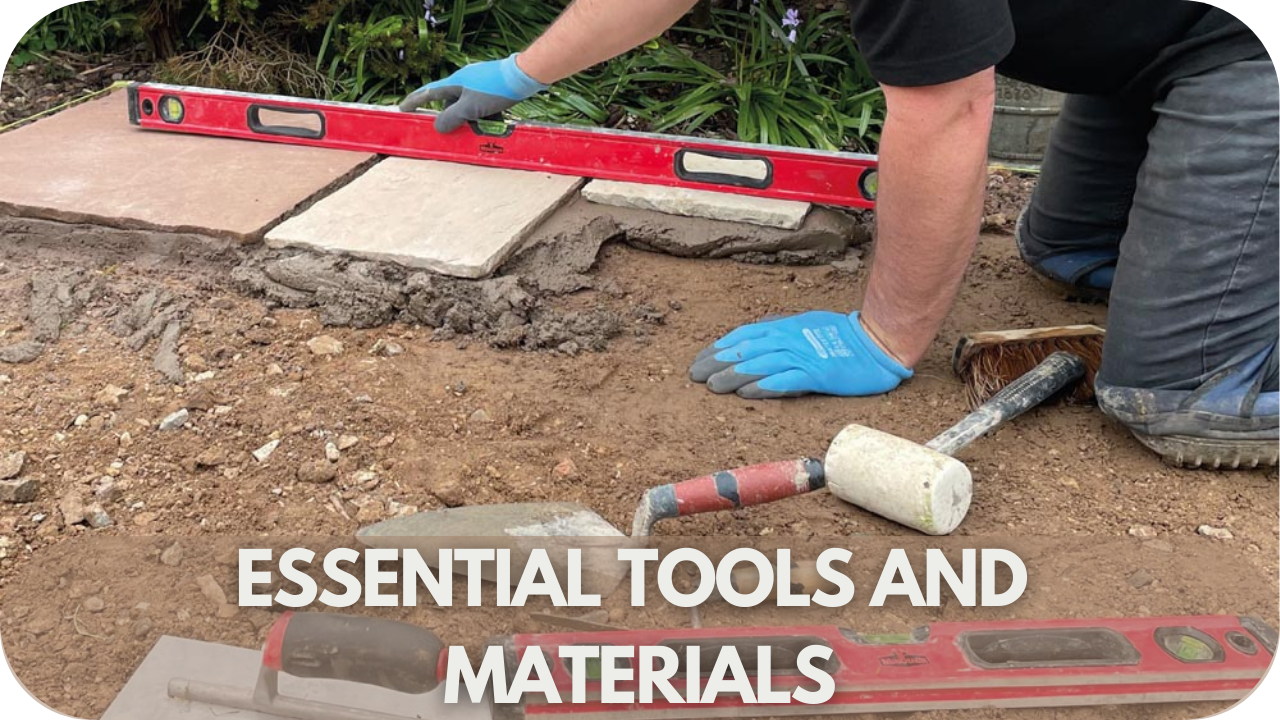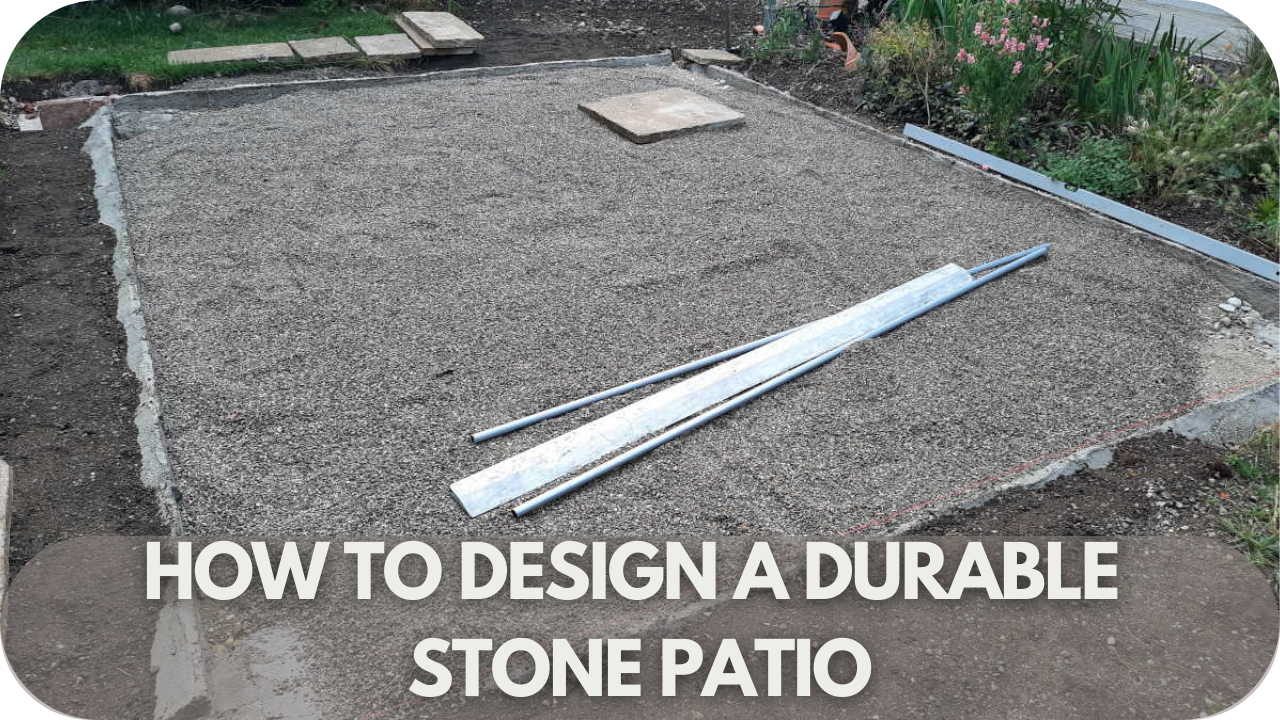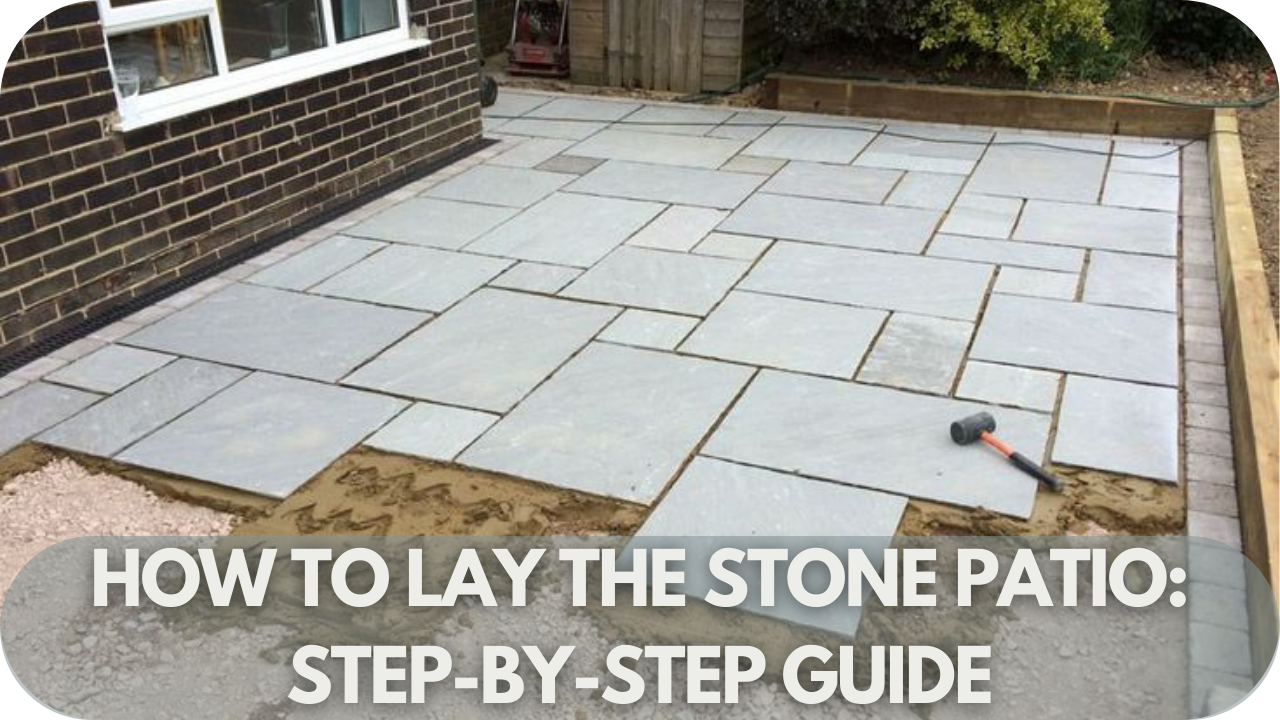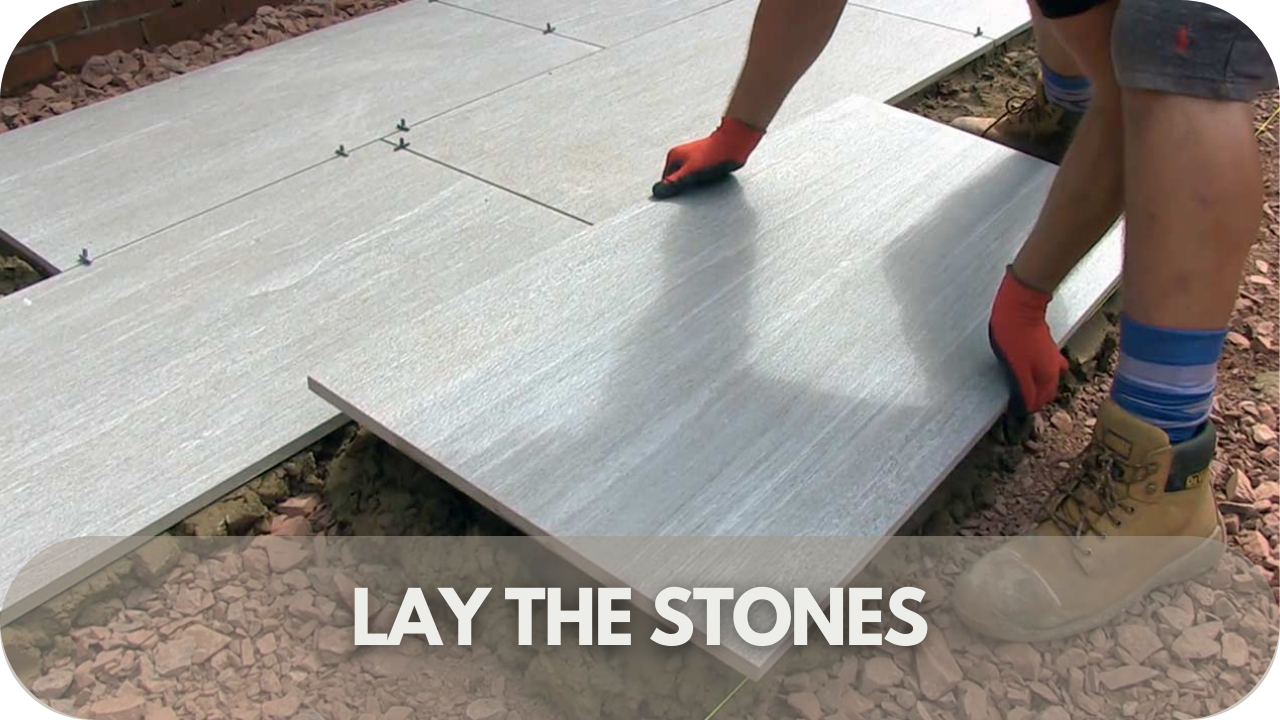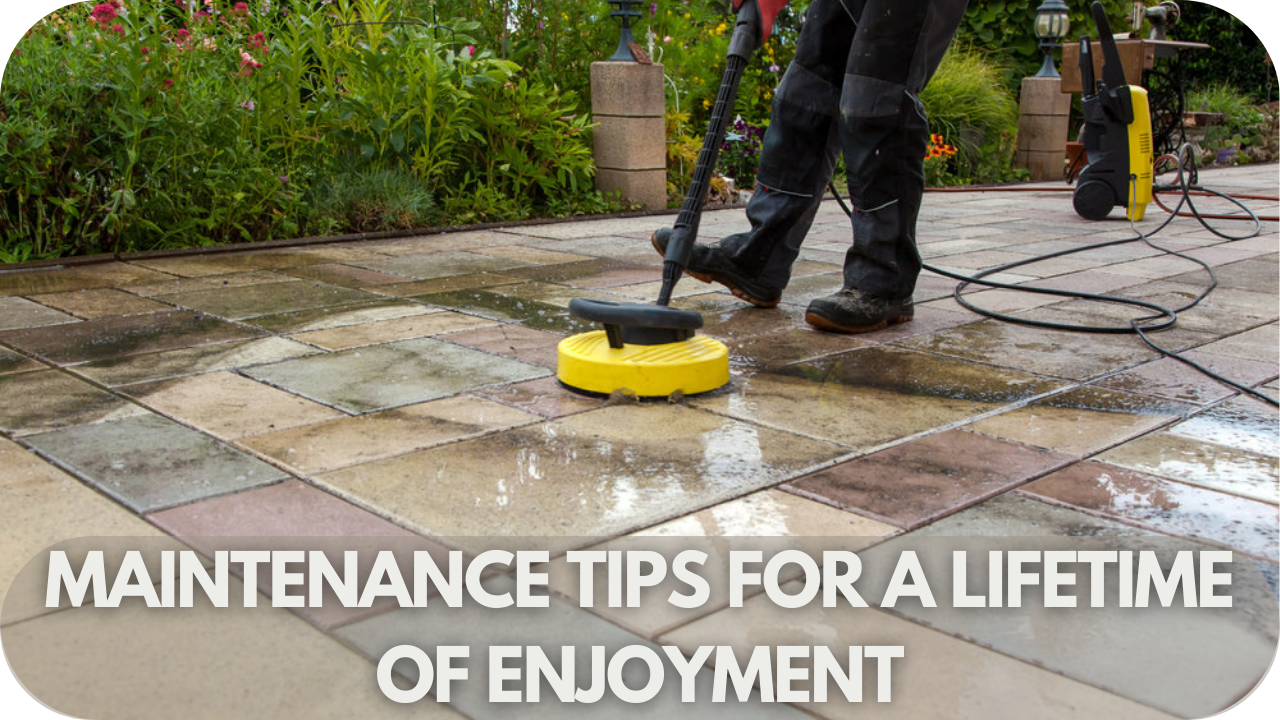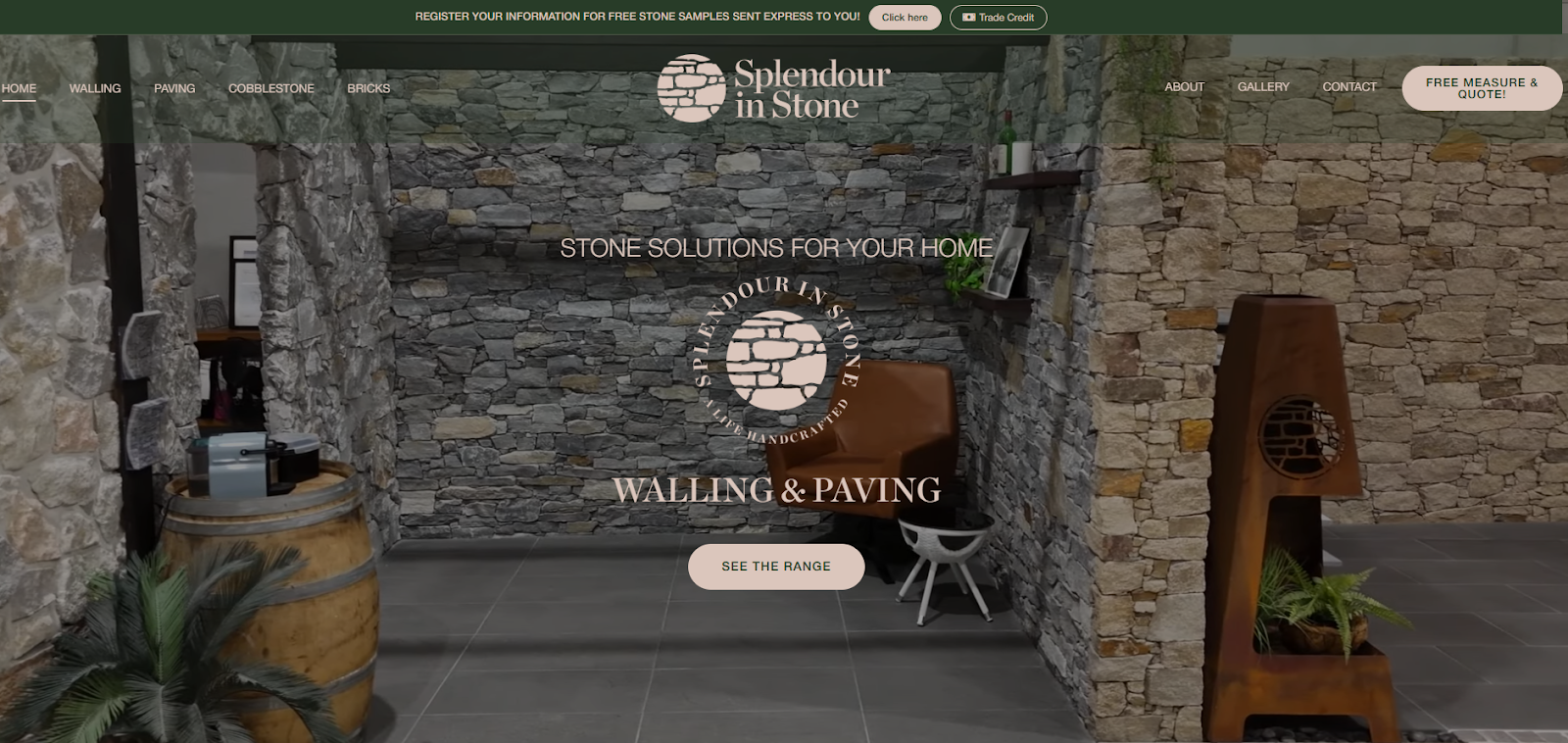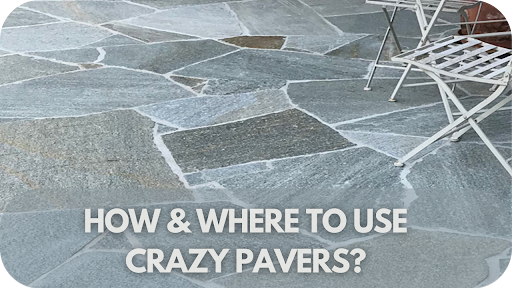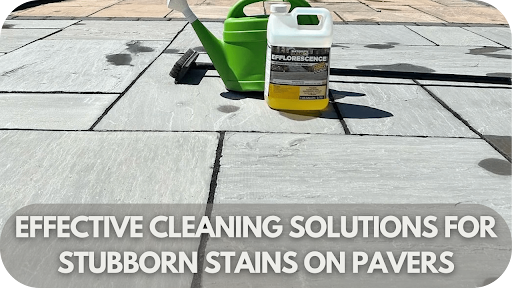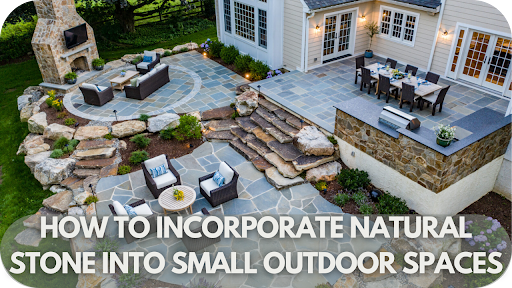New Year, New Home: How to Upgrade Your Space with Natural Stone in 2025
With 2025 just around the corner, now is the perfect time to start thinking about upgrading your home for the New Year. Natural stone could be the answer if you’ve been looking for ways to elevate your space.
Natural stone offers both beauty and durability, Whether adding a touch of elegance to your kitchen, transforming your bathroom, or enhancing your outdoor spaces.
In this guide, I’ll walk you through how to upgrade your home with natural stone, helping you create a timeless, stylish look for the year ahead.
1. Evaluate Your Current Space
Start by evaluating your space. Focus on areas that need attention—are your kitchen surfaces worn or is your bathroom missing that wow factor? Identifying rooms that would benefit most from stone will guide your renovation.
Think about how natural stone can improve both functionality and aesthetics. High-traffic spaces like entryways or living rooms can benefit from durable materials. Careful evaluation ensures your upgrades will add long-term value and visual impact.
2. Choose the Right Type of Natural Stone
Choosing the right natural stone for your renovation depends on the unique qualities each stone offers. Bluestone is highly durable and versatile. Its elegant blue-grey tones and slip-resistant surface make it ideal for outdoor areas like patios and pool surrounds.
Marble exudes luxury with its beautiful veining and polished finish, making it perfect for kitchens, bathrooms, and feature walls, though it requires regular maintenance.
Granite is incredibly durable, resistant to scratches and stains, and perfect for high-traffic areas such as kitchen countertops and outdoor paving.
Limestone provides soft, neutral tones that create a warm, inviting atmosphere, ideal for floors, walls, and paths, but it requires proper sealing to prevent moisture damage.
Finally, Travertine offers a rustic, earthy aesthetic with its porous surface and aged look, making it a popular choice for Mediterranean-style designs in both indoor and outdoor spaces, though it also needs sealing for protection.
3. Incorporate Natural Stone in Key Areas
Natural stone is a versatile material that can elevate key areas of your home, both indoors and outdoors. In the kitchen, granite or marble works beautifully for surfaces like worktops or bar areas, offering both elegance and durability.
Natural stone can also be used for splashbacks and kitchen islands, adding a luxurious touch while remaining highly functional. Whether for a modern or traditional style, stone enhances both the aesthetic and usability of your kitchen.
Stone, with its luxurious texture and timeless appeal, creates a spa-like atmosphere in the bathroom. Stone tiles on the floors and walls, along with marble, limestone, or travertine for shower enclosures and vanity tops, bring a seamless, elegant design. The natural veining and textures of stone create a serene retreat.
In the living room, a natural stone feature wall or fireplace becomes a striking focal point, adding warmth, character, and texture. Whether indoors or outdoors, stone brings sophistication, making your living spaces more inviting and valuable.
4. Combine Natural Stone with Modern Design Trends
Natural stone can be seamlessly integrated into modern design trends, adding timeless appeal to contemporary spaces.
In minimalist interiors, materials like marble or granite in neutral tones enhance the clean lines and simplicity of the design. Polished stone countertops or splashbacks complement sleek cabinetry, creating an uncluttered, refined look.
Pairing natural stone with contrasting textures, such as exposed wood or metal, adds depth and character, especially in living rooms or outdoor areas. The mix of smooth stone surfaces with tactile elements creates balance and sophistication.
Another popular trend is combining light and dark tones, where dark stones like granite or slate contrast with light wood or soft furnishings to create a bold, modern atmosphere.
Natural stone is also perfect for feature walls, adding texture and depth to open-plan living spaces. Large-format stone tiles with minimal grout lines enhance spaciousness and flow, making the space feel luxurious and contemporary.
5. Incorporate Bold Patterns and Textures
Bold patterns and textures are a growing trend in interior design. Natural stone is perfect for creating striking visual interest through patterns like herringbone, chevron, or geometric shapes.
These patterns can be used in floor tiles, backsplashes, or feature walls, offering a unique, contemporary feel. Stones like marble, limestone, or travertine can create natural veining, which adds organic texture and character.
Alternatively, angular cuts of stone lend themselves to geometric patterns that create clean, sharp lines. Whether in kitchens, bathrooms, or living spaces, bold patterns make a space dynamic and full of personality.
6. Embrace Sustainable Design with Natural Stone
Sustainability is an important trend, and natural stone is an eco-friendly material. Stone is natural, non-toxic, and long-lasting, making it a sustainable choice for home upgrades.
It requires minimal maintenance, reducing the need for frequent replacements, and is fully recyclable. By choosing locally sourced stone, you can reduce the carbon footprint of your renovation.
Additionally, natural stone doesn’t rely on synthetic materials or harmful chemicals, making it a healthier option for your home. Incorporating sustainable design with stone creates beautiful, responsible spaces that remain stylish for years.
7. Embrace Warm, Earthy Tones
In 2025, warm, earthy tones will dominate interior design. Stones like travertine, limestone, and sandstone offer rich, organic colours that bring a grounded, calming atmosphere to any room.
These earthy tones work well with natural wood furniture, creating a balanced, inviting space. Unlike cooler tones, these warm hues make spaces feel more intimate and welcoming.
Whether used on floors, walls, or countertops, warm tones in natural stone add richness and comfort. This trend transforms living rooms, kitchens, and bathrooms into serene retreats that feel natural and harmonious.
8. Create Seamless Transitions with Natural Stone
Creating seamless transitions between spaces is a popular trend, and natural stone is ideal for this.
Large-format tiles can flow effortlessly from one area to the next, creating continuity and a sense of cohesion throughout the home. For example, stone flooring can extend from the living room into the kitchen or hallway, visually unifying the spaces.
This technique works particularly well with versatile stones like limestone, granite, or bluestone, which can be used indoors and outdoors. Seamless transitions enhance the flow of the space, making it feel expansive and harmonious.
Tips for Maintaining and Caring for Natural Stone
Natural stone is a beautiful and durable addition to your home, but proper care is essential to keep it looking its best. Here are some helpful maintenance tips to ensure your stone surfaces last:
- Clean Regularly with pH-Balanced Cleaners: Use stone-specific, pH-neutral cleaners that won’t damage the stone’s surface or strip away its natural finish. Avoid harsh chemicals and acidic cleaners that can etch or discolour the stone.
- Seal the Stone Periodically: Most natural stones are porous and can absorb moisture or oils, leading to stains. To protect against this, apply a high-quality stone sealant every 1-2 years, ensuring the stone retains its beauty.
- Avoid Harsh Chemicals and Abrasives: Always avoid harsh chemicals like bleach or ammonia and abrasive scrubbing pads. These can scratch or dull the surface of your stone, ruining its finish. Stick to mild, stone-friendly cleaners to preserve its appearance and longevity.
- Protect High-Traffic Areas: High-traffic areas such as entryways or hallways can cause wear and tear over time. Protect these spaces by placing rugs or mats in front of stone surfaces. This helps prevent dirt and grit from scratching or damaging the stone.
- Prevent Scratches and Heat Damage: Never cut directly on stone surfaces or place hot pots and pans on them. Sharp knives can scratch the surface, while heat can cause discolouration or even cracking. Always use cutting boards and trivets to protect your stone surfaces.
Conclusion
Upgrade your home with the timeless elegance and durability of natural stone this New Year. From luxurious kitchens to serene bathrooms and stunning feature walls, natural stone transforms any space into a masterpiece of style and functionality.
With the right care and design, your stone features will add value and sophistication for years to come. Ready to begin your transformation? Explore Splendour in Stone’s expert advice, products, and services to bring your 2025 home upgrade vision to life!

